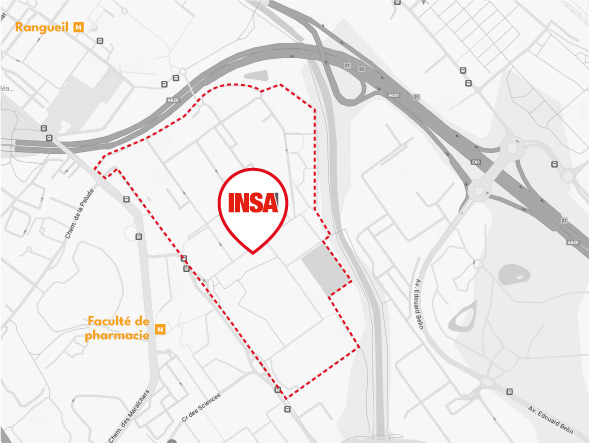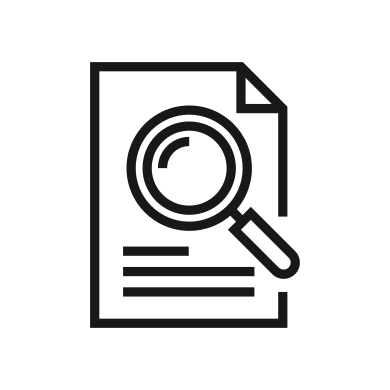Outline :
Chapter 1 Introduction to Automation
What is automation
On the notion of system and input/output/disturbance
Determining the I/O of a system
BO vs BF and Setpoint vs Command
Introductory example
The systems considered and the I/O model (linear diff. equation of order n).
Chapter 2 Mathematical tools
Some definitions
time response, step, ramp, Dirac, causality, Analysis, Control, linearity, Invariance
The Laplace transform, a short and useful version
Def., table, derivation=<EDO role of ICs, final value theorem
The notion of transfer function
Chapter 3 Modeling
Why model…How to model
Qq reminders (elec, mech, basic fluid) => Passage to Laplace
Block diagram – Definition and conventio
Simplification and transformation
Linearization
Chapter 4 Time Response
Reminder of simple EDO resolution
Solving by Laplace (simple element decomposition)
1st-order systems
Second-order systems
On the notion of performance: response time, overshoot and accuracy
Other systems (unstable and pole dominance)
On the notion of performance: response time, overshoot and accuracy
Chapter 5 Harmonic response
Why and how
A complex example and introduction to the various plots
The pure integrator and the pure derivator
The first order
Second order
Method for plotting asymptotes for a qcq order
From BO to BF: black’s chart
Feedback systems
Description
Objectifs
Frequency approach to continuous linear control
Pré-requis
Ordinary differential equation
Complex variable
Évaluation
L’évaluation des acquis d’apprentissage est réalisée en continu tout le long du semestre. En fonction des enseignements, elle peut prendre différentes formes : examen écrit, oral, compte-rendu, rapport écrit, évaluation par les pairs…
En bref
Crédits ECTS :
Nombre d’heures :

INSA Toulouse
135 avenue de Rangueil
31077 Toulouse cedex 4
Tél : 05 61 55 95 13
Fax : 05 61 55 95 00

Dans un souci d'alléger le texte et sans aucune discrimination de genre, l'emploi du genre masculin est utilisé à titre épicène.











